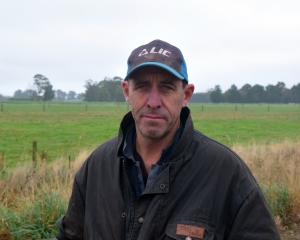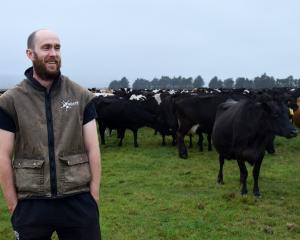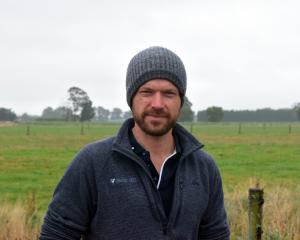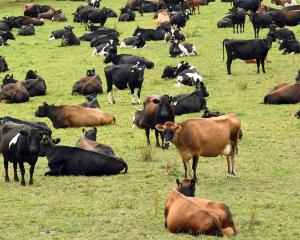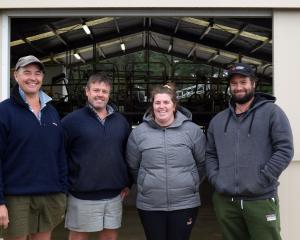
The Ministry for Primary Industries thinks the fight against the cattle disease Mycoplasma bovis will peak mid next year and then start to tail off.
The latest figures from the Ministry for Primary Industries show 4 percent of New Zealand's 24,000 farms have been under restrictions and required testing due to possible exposure to M bovis. So far 201 farms have been found to be infected, 185 of those have since been cleared of stock and declared safe to repopulate.
A report by the independent advisory group overseeing the government's M bovis response has been publicly released today. In the report, the technical advisory group (TAG) has maintained its view that achieving eradication was feasible.
It said there had also been signs of "improved operational performance" over the past six months, including a downward trend in the number of farms testing positive for the disease.
"Given currently available data, the TAG concludes that achieving biological freedom from M. bovis is feasible provided that the number of undetected infected herds is not large, infection has not established and spread within the non-dairy sector, and that the rate of transmission to new herds is reduced," the report said.
The group said it would support the development of a herd accreditation programme, that would allow farmers to purchase cattle from farms that are unlikely to be infected.
MPI Director-General Ray Smith said the latest report had provided it with an assurance that the programme was working.
"M bovis is one of the greatest biosecurity challenges we have faced in New Zealand, and both government and our industry partners remain committed to achieving eradication."
"The battle isn't won yet - we still have hard work to do, and there will be more farms placed under restrictions while testing is conducted. We also know that there are areas, like compensation, where we need to continue to improve," Mr Smith said.
MPI expected the majority of infected farms would been found by late 2020, after which it said there would be a long-term surveillance effort.


